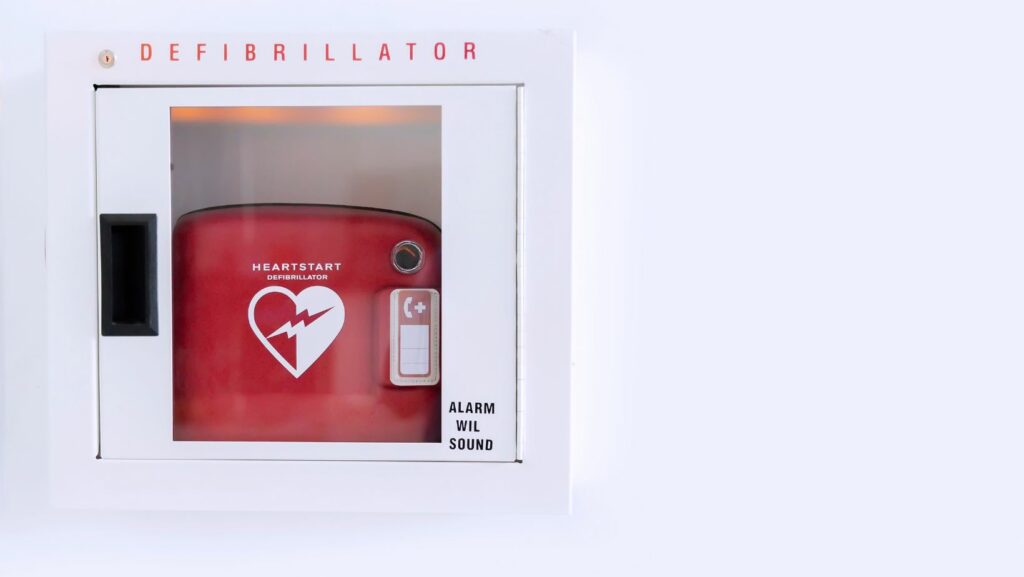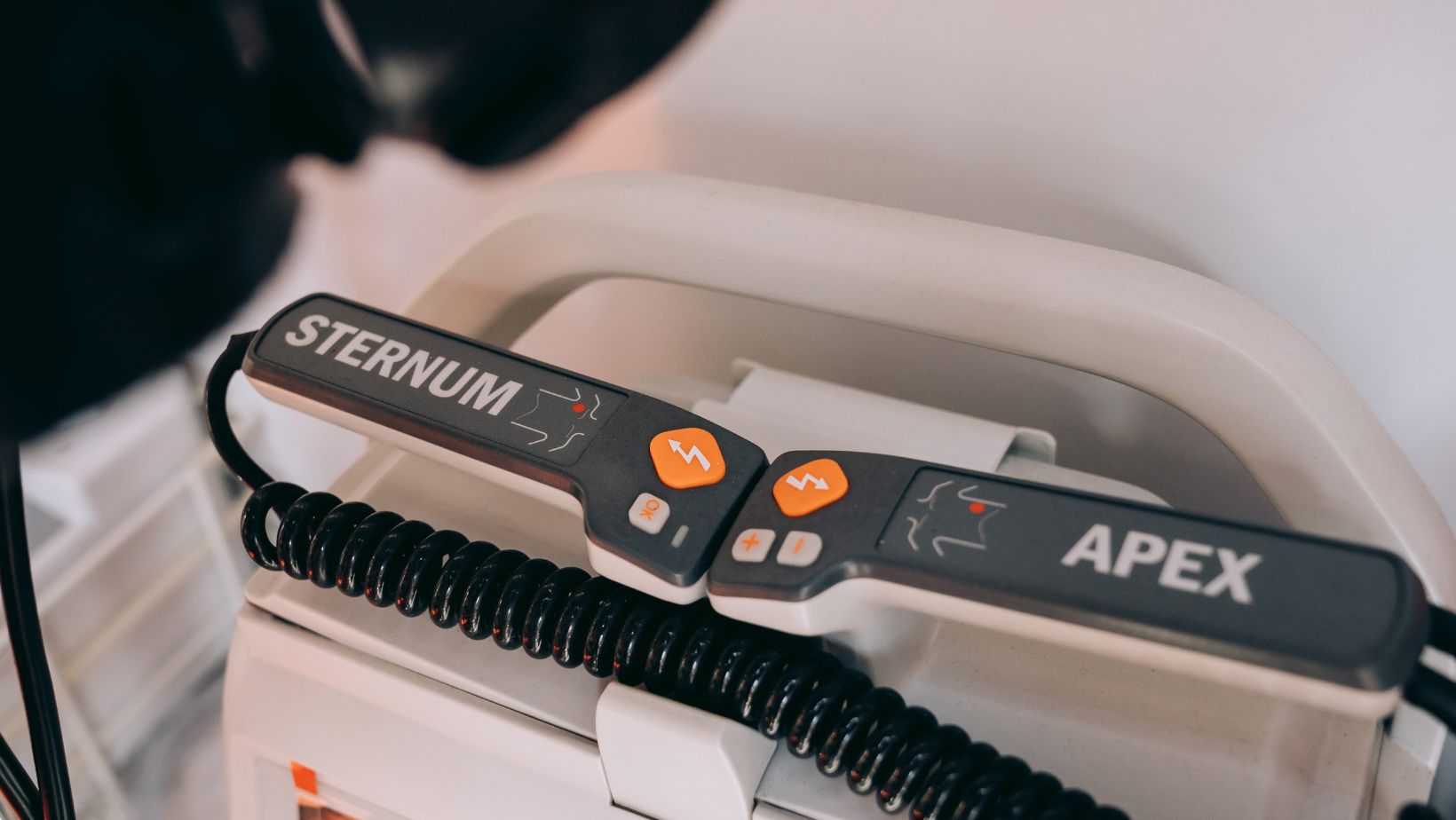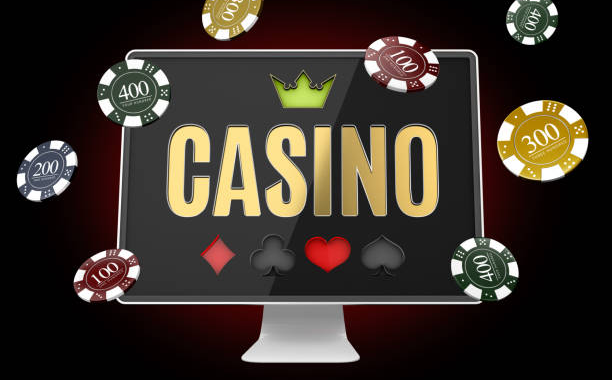
The AED Has Failed to Find a Shockable Rhythm. What is The Next Step?: Next Step When AED Fails to Find Shockable Rhythm
When it comes to sudden cardiac arrest, every second counts. Automated External Defibrillators (AEDs) have been instrumental in saving countless lives by delivering life-saving shocks to restore a normal heart rhythm. However, there are instances where the AED fails to detect a shockable rhythm, leaving responders wondering what the next step should be. In this article, I’ll explore the options available when the AED fails to find a shockable rhythm and discuss the importance of prompt action in such critical situations.
While AEDs are designed to be reliable and user-friendly, there are situations where they may not detect a shockable rhythm. This can be due to a variety of factors, such as the timing of the analysis, the positioning of the pads, or the patient’s specific condition. When faced with a non-shockable rhythm, it’s crucial to understand the next steps that can be taken to maximize the chances of survival. In this article, I’ll delve into the recommended actions to be taken when the AED fails to find a shockable rhythm, providing valuable insights for both responders and bystanders alike.
The AED Has Failed to Find a Shockable Rhythm. What is The Next Step?
What is an AED?
An Automated External Defibrillator (AED) is a portable electronic device used to diagnose and treat life-threatening cardiac arrhythmias, such as ventricular fibrillation or ventricular tachycardia. These arrhythmias can cause sudden cardiac arrest, a condition in which the heart suddenly stops beating effectively.
How does an AED work?
AEDs are designed to be user-friendly and can be operated by individuals with little to no medical training. Here’s a brief overview of how an AED works:
- Analysis: When the AED pads are attached to a person’s chest, the device automatically analyzes the heart rhythm to determine if it is shockable or non-shockable. A shockable rhythm is one that can be treated with an electric shock to restore a normal heart rhythm.
- Shock delivery: If the AED detects a shockable rhythm, it will prompt the user to stand clear and deliver a controlled electric shock through the pads to the person’s chest. This shock is intended to disrupt the abnormal heart rhythm and allow the heart to resume its normal beating pattern.
- CPR guidance: In addition to delivering shocks, many AEDs also provide voice prompts and visual instructions to guide the user through cardiopulmonary resuscitation (CPR) until emergency medical services arrive. CPR involves performing chest compressions and rescue breaths to manually circulate blood and oxygen to the person’s vital organs.
- Non-shockable rhythms: If the AED determines that the person’s heart rhythm is non-shockable, it means that the heart is not in a state where a shock would be effective. In such cases, the AED will not deliver a shock and instead provide instructions for initiating CPR immediately.
It’s important to note that AEDs are designed to be reliable and accurate. However, there are instances where an AED may fail to detect a shockable rhythm, leading to the need for alternative actions.
Now that we have a basic understanding of what an AED is and how it works, let’s explore what to do when an AED fails to find a shockable rhythm.

Importance of Finding a Shockable Rhythm
What is a Shockable Rhythm?
A shockable rhythm refers to a specific type of abnormal heart rhythm that can be treated effectively with the use of an Automated External Defibrillator (AED). In medical terms, a shockable rhythm is known as ventricular fibrillation (VF) or pulseless ventricular tachycardia (VT). These rhythms are characterized by rapid, chaotic electrical activity in the heart, which prevents it from effectively pumping blood to the body.
In conclusion, finding a shockable rhythm during a sudden cardiac arrest is of utmost importance. This article has highlighted the significance of identifying a shockable rhythm and the reasons why it is crucial. By detecting a shockable rhythm, such as ventricular fibrillation or pulseless ventricular tachycardia, an Automated External Defibrillator (AED) can be used effectively to treat the condition.





